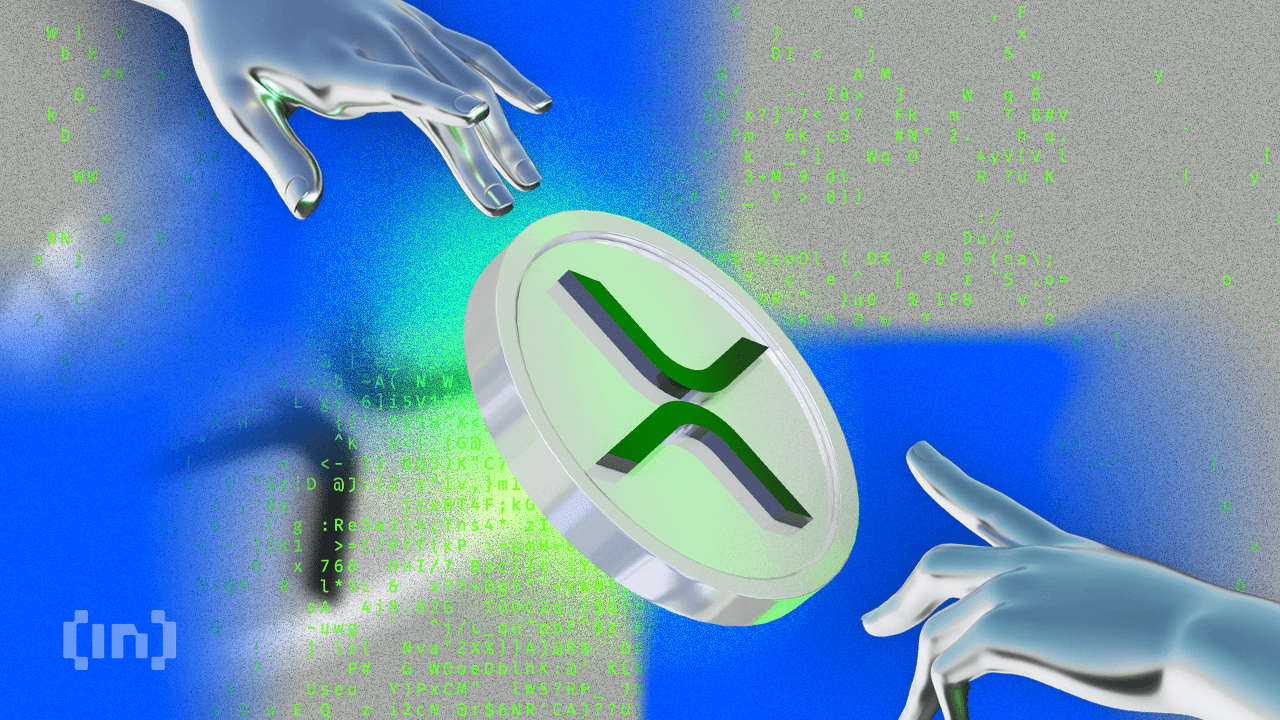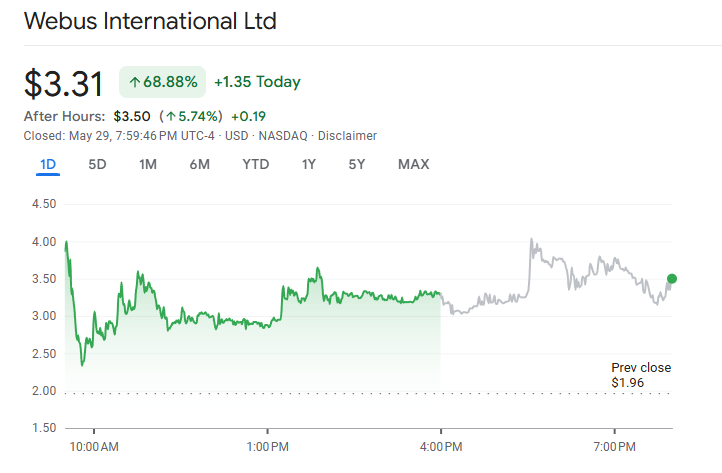
The post Breaking: Arizona Passes Strategic Bitcoin Reserve Bill in the House and Senate appeared first on Coinpedia Fintech News
- The push for the Arizona Governor, Katie Hobbs, to sign the SBR has already begun.
- Bitcoin price has signaled bullish sentiment, with the next target above $99k.
After months of lobbying and speculation, Arizona has become the first state in the United States to pass a strategic Bitcoin reserve (SBR) bill in both houses. On Monday, during the late North American session, the Arizona House passed the Bitcoin Reserve Bill SB 1025, with 31 yes against 25 nays.
As a result, the state of Arizona will invest 10 percent of the public funds annually in Bitcoin to hedge against inflation and macroeconomic uncertainties. Meanwhile, the SB 1025 bill is now awaiting final approval from Arizona’s governor Katie Hobbs, a Democratic Party member.
The Final Push for Bitcoin SBR’s Implementation in Arizona
As Coinpedia previously reported, Governor Hobbs threatened to veto all bills until a disability funding bill was passed by both houses. Amid the controversy, Dennis Porter, CEO and Co-founder of Satoshi Action Fund, requested American voters to push their elected leaders to implement the strategic Bitcoin reserves Bills as soon as possible.
Market Impact
Following the announcement, a ripple effect is expected in other states debating the SBR bills. Furthermore, the Donald Trump administration has laid significant emphasis on the importance of Bitcoin and digital assets thriving in the United States.
Bitcoin price gained around 1 percent to trade at about $94.5k at the time of this writing. The rising demand for Bitcoin by whale investors will play a crucial role in its rally beyond the resistance range between $95k and $99k in the coming weeks.










